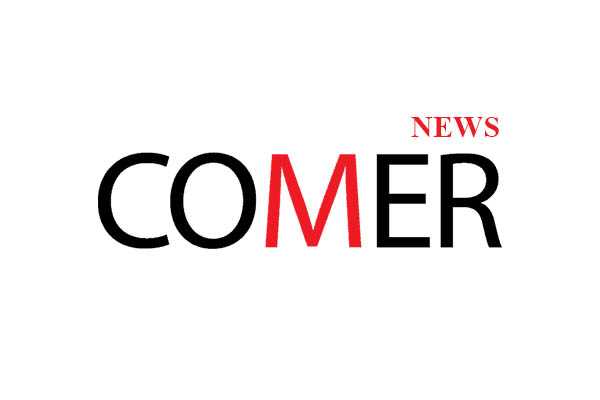By Susan George, The Social Artist, Spring 2015
Most people haven’t noticed yet but, except for a small minority, we’re all in prison. The guards aren’t stupid, they let us walk about freely in the sunshine and attend the movies of our choice, but, for many of the most important aspects of our lives, we are not free. Whose Crisis, Whose Future? casts a cold eye on the regime of neoliberal globalization under which we live and seeks to explain how we’ve been incarcerated. Finance governs our economy; finance and the economy together dictate a hugely unequal world; the most basic of all resources – food and water – are disappearing for hundreds of millions and the planet is mostly reduced to the status of an exploited quarry and rubbish tip; for all these reasons, we will continue to fight each other. The last and longest chapter here proposes concrete means and strategies of escape.
I wrote this book because I am angry, perplexed and frightened: angry because so many people are suffering needlessly on account of the economic, social and ecological crisis and because the world’s leaders show no signs of bringing about genuine change; perplexed because they don’t seem to understand or care much about the public mood, the widespread resentment and the urgency of action; frightened because, if we don’t act soon, it may well be too late, particularly where climate change is concerned.
We could enjoy a world that is clean, green and rich, providing a decent and dignified life for everyone on a healthy planet. This is not some far-fetched Utopia but a concrete possibility. The world has never been so wealthy, and we have in our hands, right now, all the knowledge, tools and skills we need. The obstacles are not technical, practical or financial but political, intellectual and ideological. (Our emphasis.) The crisis could provide an extraordinary opportunity to build such a world, and the aim of this book is to explain how and why we got into the present mess and how we can get out of it, to the benefit of the planet and of people everywhere.
Although the financial part of the crisis has received the most attention and largely pushed the others off the front pages and the mental landscape, in reality we are in the midst not of a single crisis but of a multifaceted one, which already touches, or will soon touch, nearly every aspect of nearly everyone’s life and the destiny of our earthly habitat. (Extract from Whose Crisis, Whose Future?, pp. 1-2, Polity Press, 2011.) Call it a crisis of the system, of civilization, of globalization, of human values, or use some other universal, all-encompassing term; the point is that it has imprisoned us mentally and physically and we must break free.
Our Comment
Susan George wrote a book, published in 1988, entitled A Fate Worse Than Debt, an analysis of the debt crisis in the “developing” nations.
In it, she described the debt crisis as “a particularly ugly, acute manifestation of a chronic condition, the predictable outcome of economic strategies concerned far more with the world market than with local needs.”
“By any normal standards,” she wrote, “we ought to be able to confirm confidently that this model has failed…yet these same countries are now told, by those in a position to enforce their advice, that they must apply the same policies, only more so, in order to qualify for further loans and continuing membership in the international community. It is like prescribing cyanide as an antidote to arsenic.”
A prominent feature of the “cure” for debt crisis in the “developing” nations have been structural adjustment programs – measures which we in the developed nations have, over the past 3-4 decades, come to know as austerity.
She makes it clear that her analysis is not a conspiracy theory of history, pointing out that, “forces don’t have to conspire if they share the same world view, aspire to similar goals, and take concerted steps to attain them.”
As predicted by Éric Toussaint and Damien Millet, authors of Debt, the IMF and the World Bank, who identified debt as a “mechanism of dominance,” the model imposed on the “developing” nations is now reining in the rest of us.
“The debt crisis is a symptom,” wrote Susan George, “one among many – of an increasingly polarized world organized for the benefit of a minority that will stop at nothing to maintain and strengthen its control and its privilege…. No one who cares about freedom can afford to be absent from the battle, for we are all on the field…. The old paradigm may entrench its control and win. But we are also present at the birth of a new one and millions have chosen to protect, nurture and sustain it.”
Both A Fate Worse than Debt and Whose Crisis, Whose Future are highly instructive analyses of the dominant economic model and a clear and forceful argument for the need to replace it.
Élan





